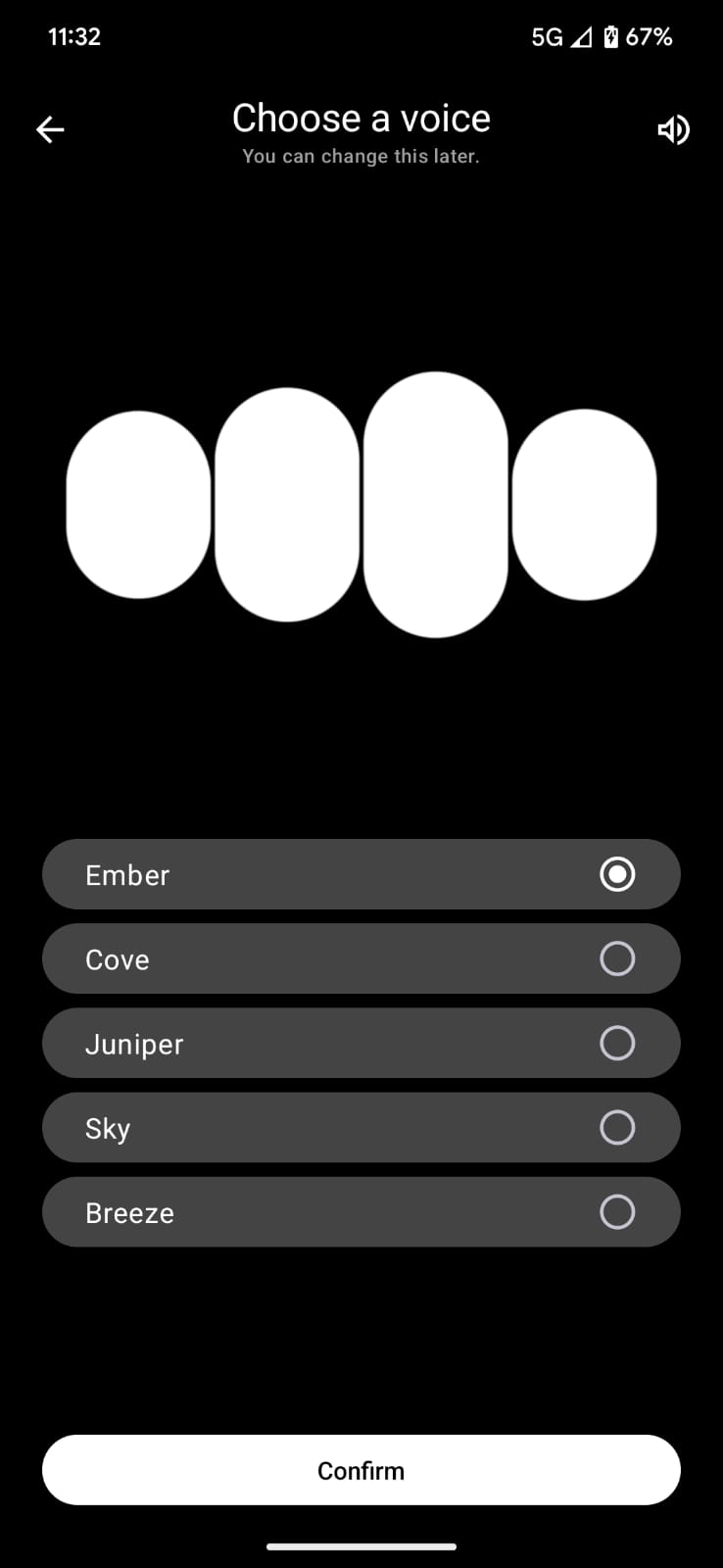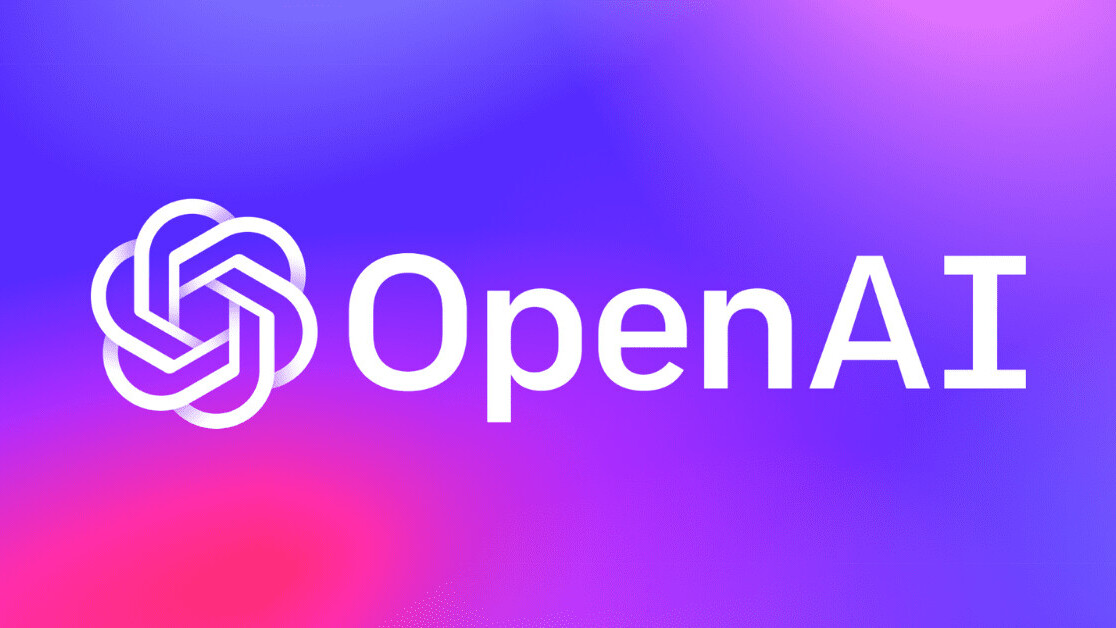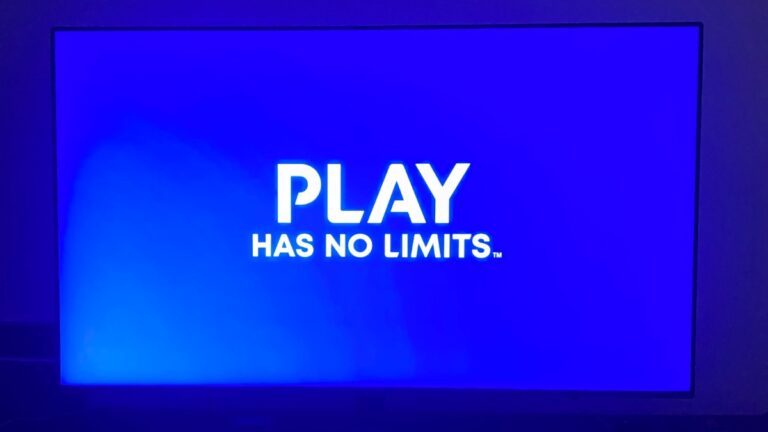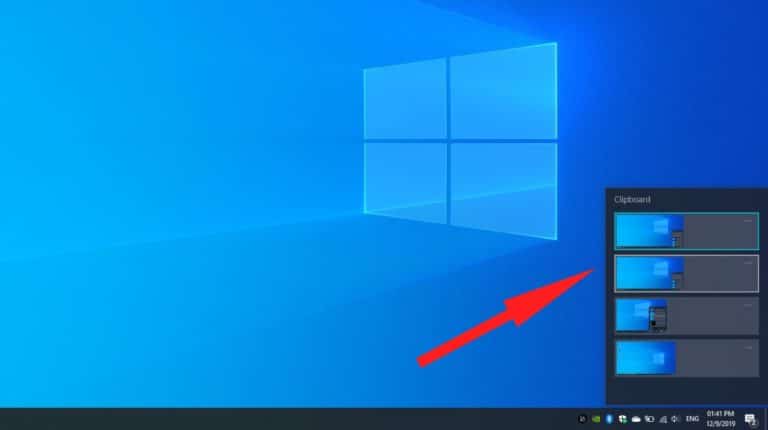Ever since its introduction late last year, ChatGPT has evolved from a research preview to powering multiple businesses, helping users make better and informed decisions. However, until today, there has only been one communication method with the chatbot, i.e., text. But all this is about to change as OpenAI has announced that it is extending the chatbot’s voice control feature to all free users on the ChatGPT app.
Weren’t voice commands exclusive to premium members?
For those wondering, yes, previously, only premium subscribers had the privilege of engaging with ChatGPT through voice commands. However, this sudden change could be linked to recent turmoil within the company, where the board members fired CEO Sam Altman, sparking significant backlash since over 70% of the employees joined him and were ready to leave the company.
The need for voice control?
The potential impact of this development could be far-reaching since it not only enables regular users to utilize the chatbot as a voice assistant but also empowers differently-abled individuals to access the chatbot without relying on traditional communication methods. Additionally, the fact that the ChatGPT will read out its responses simplifies the process even further.
Moreover, this could benefit companies, helping them develop more personalized and interactive campaigns for customer support. Finally, brands can also experiment with voice commands to refine their search engine strategies.
Use ChatGPT voice control
- To begin, download the ChatGPT app from the Play Store or the App Store and sign up using your email.
- Within the conversation window, tap on the headphone icon located in the bottom right-hand corner of the screen and select the preferred voice for the chatbot’s communication.

- Once set up, simply ask your questions, and ChatGPT will respond in a human-like manner. However, it is important to note that OpenAI does not save the audio recordings on its servers.





![How To Install iOS 14/ iPadOS 14 Beta Right Now? [Non-Developers]](jpg/ios-14-beta-install--768x432.jpg)
![Where To Watch ‘Cautious Hero’ Anime Online [For Free]](jpg/watch-overly-cautious-hero-free-768x432.jpg)

